What is Green Matcha – Is it Packed with Antiorxidants?
What is Green Matcha Powder?
If you are not familiar with Green Matcha, it is a green tea fine powder with origins in Japan and is made from dried tea leaves of Camellia sinensis. The powder is known for its slightly bitter taste and the strong green color which comes from the high chlorophyll profile in the leaves.
The green matcha powder is packed with antioxidants, whopping 137 times more than regular green tea; this high concentration of antioxidants is obtained from growing the leaves in the shade and covering the tea bushes of Camellia Sinensis for multiple days before the harvest to protect them from the sunlight.
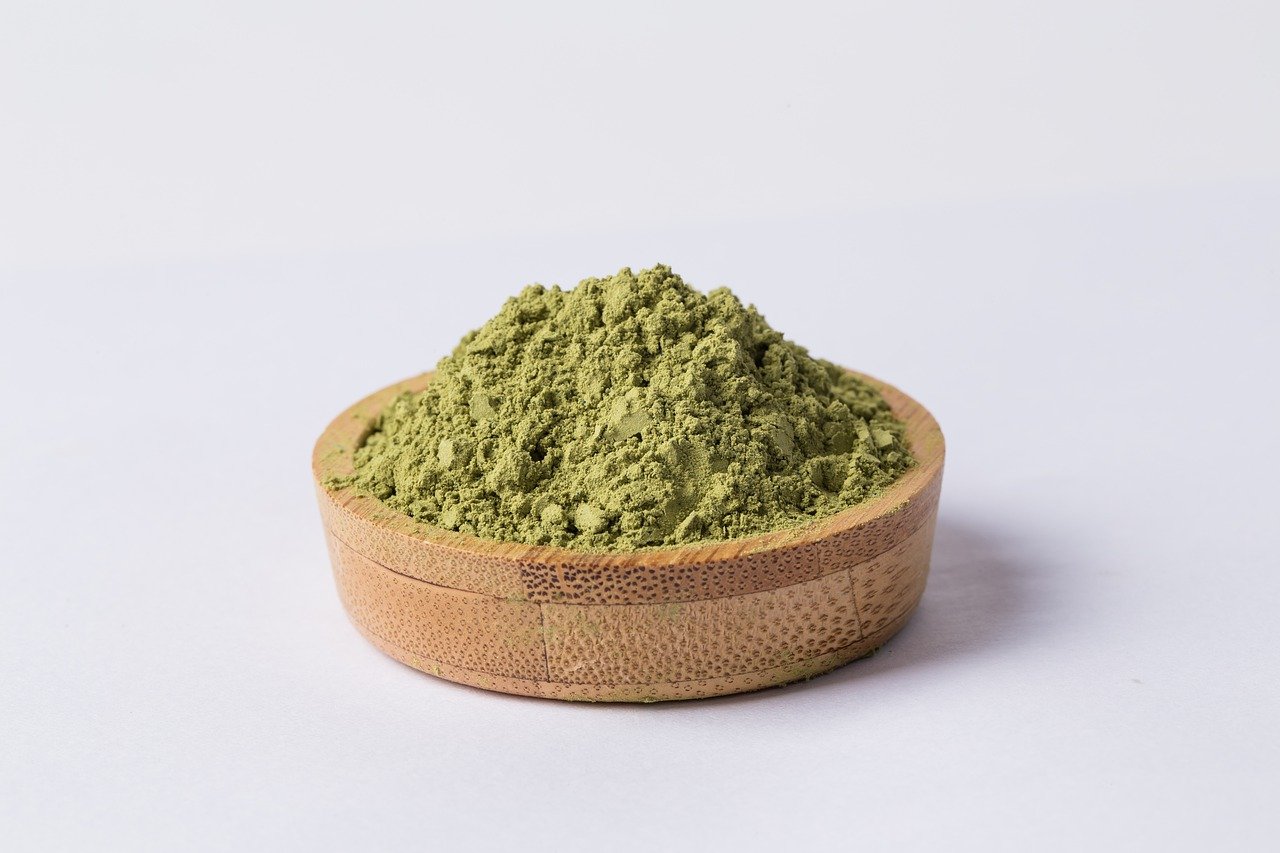
This growing method typically boosts chlorophyll levels and gives the powder the characteristic green color that is known for. Also, consuming the entire leaf and the special process of drying and grinding preserves the antioxidants in the powder delivering the highest possible amount of health-beneficial components comparing to other regular leafy forms of green tea.
The History of Matcha
The history of Matcha tea in japan goes back to the 8th century and raised the popularity of making powdered tea by steaming dried tea leaves in the 12th century. A Buddhist monk named “Myoan Eisai” discovered the Matcha tea and brought it to Japan from China. He noticed that drinking its extract significantly improved his meditation by giving him calmness and alertness. Today it’s proven that this effect is due to the combination of the active constituent caffeine and L-theanine.
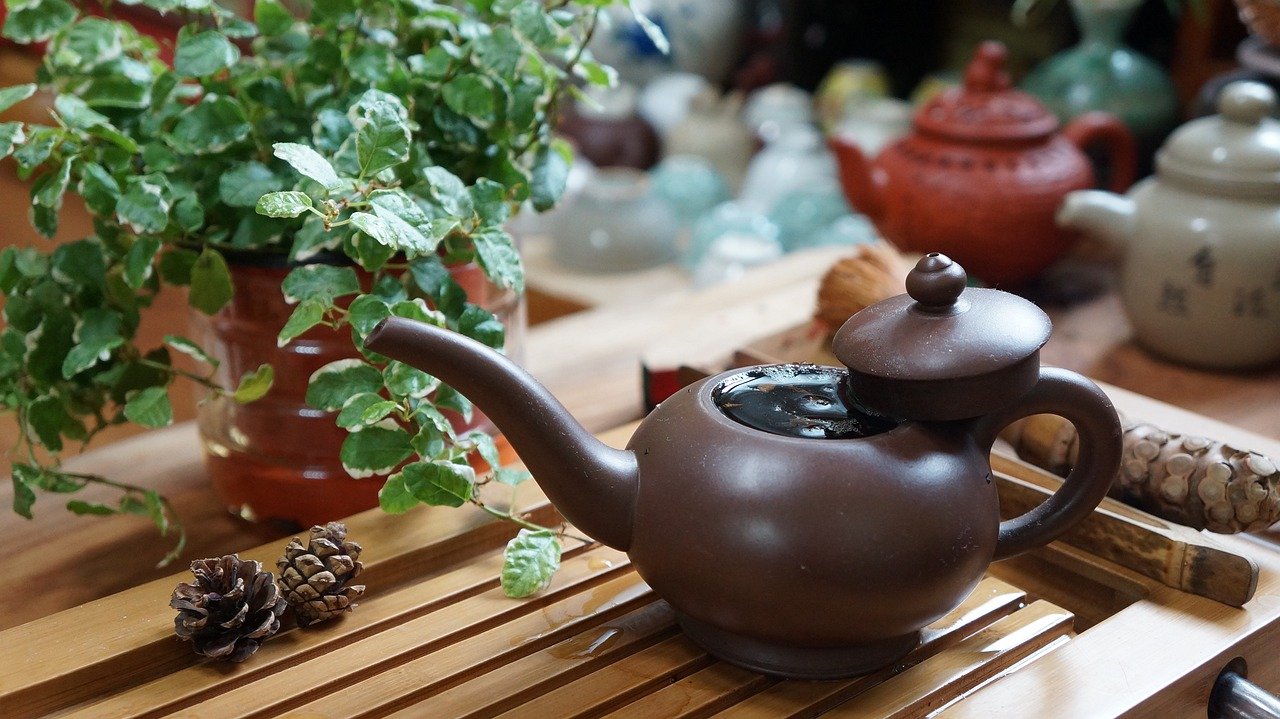
The drink became more widely popular and spread in the Japanese tea ceremonies called “Chado” making it part of the local culture. These tea ceremonies are still performed and it provides opportunities for the locals as well as the tourists for meeting and exchange intellectuality and strong knowledge of the tradition.
How to use Matcha Powder?
The traditional way of consuming matcha is the matcha tea, similar to the green tea immersing technique but different in that the powder is whisked into boiling water and you can drink the powder itself with the infusion and not discard it like green tea leaves. This method originated from Japanese tea ceremonies where people prepared matcha with a bamboo whisk in a pot called “Chawan”.
How to prepare Matcha Latte
The Latte recipe uses matcha powder to make and smooth hot beverage that tastes creamy with the plant-based protein of your choice and sweetened with natural sweeteners that balance the natural bitterness of the alkaloids in matcha powder and make the latte tastes great.
Ingredients & Process:
- Two tsp matcha powder
- 1/2 cup coconut milk
- 1 teaspoon stevia
- 1 teaspoon boiled water
- Add the matcha powder to the cup or a mug with the stevia sweetener and pour a little amount of hot water.
- Whisk the powder with the hot water till it completely dissolves, you can use a blender for a more foamy texture.
- Steam the milk of your choice till it gets warm and pours it into the mug.
You can use natural honey instead of stevia for sweetening depending on your choice, and you can replace coconut milk with any vegan milk of your choice (Oat milk, Almond milk, macadamia milk).
Other ways of adding Matcha to your Diet
Baking with Matcha – You can add the powder to your baked recipes as it mixes easily and well with all baking mixtures like cookies, cakes, muffins, waffles, and pancakes by easily adding two teaspoons of the powder in the flour mix. The powder will add beautiful green color to the baked goods.
Matcha oatmeal – You can easily include matcha to your diet by adding a serve of the powder to your morning bowl of oatmeal or cereals and stir it well to mix with the meal to gives your meal the nutritional boost it needs.
Adding to your smoothie – You can add a few teaspoons of Matcha powder to your smoothie to give it the green color and boost the nutritional value of your drink, using stevia or natural honey for sweetening and your choices for green leafy plants and colorful fruits. You can use coconut water for mixing for a healthier smoothie and better taste.
Nutritional value of Matcha powder
Half teaspoon of Matcha powder contains the following:
- Protein – 306 mg
- Amino Acids – 272 mg
- Potassium – 27 mg
- Mangesium – 2.3 mg
- Calcium – 4.2 mg
- Zinc – 0.062 mg
- Phosphorus – 3.5 mg
- Iron – 0.017 mg
- Vitamin C – 1.75 mg
- EGCG – 61 mg
- Total Catechins – 105 mg
- Fibers – 318 mg
- Caffeine – 35 mg
- L-Theanine – 14.26 mg
- Vitamin A – 291 International unit
- Calories – 3 cal
Matcha for heart health

The primary and the most beneficial active constituent of Matcha powder is the EGCG (epigallocatechin-3-gallate). This powerful catechin is proven to support heart health by controlling cholesterol levels and reduce blood pressure, which are two of the major risk factors for cardiovascular disease.
The high profile of dietary fibers has a stabilizing effect on blood glucose levels by reducing spikes of blood sugar after meals which protect individuals at risk of developing diabetes and helps to maintain blood sugar control in diabetic patients.
The Catechins in matcha is linked to a weight loss effect by enhancing metabolism and increasing the exercise efficiency in burning calories from fats. They also aid in post-workout recovery after high-intensity training.
Matcha for Brain Health and Cognitive Function
There is a perfect combination of neurocognitive enhancers in Matcha powder represented in Caffeine and L-theanine. Caffeine is a central nervous system stimulant that works by boosting mental alertness and cognition, which makes you feel energetic and focused.
While L-theanine is an amino acid that enhances relaxation and relieves stress and anxiety. This conveniently antagonizes the overstimulation effect of caffeine in high doses. Making it a perfect choice for any time of the day.
In addition to the relaxing effect of L-theanine, it enhances memory and improving learning ability. Also, it improves the production of neurotransmitters like serotonin and dopamine which are linked to mood stabilization and helps in meditation.
Quality of Matcha Matters
Good quality Mathca is hard to come by and can make a hige difference in taste and beneifts. We compiled a list of Matcha products for you to checkout at out curated shop.
Highly Rated – Social Media Chatter on Matcha
_
말차푸딩 n 밀차팥롤케이크(w 교토말차라떼)
.
_[ 롱베케이션 ]
일본 국민가수 스마프 멤버이자 탑 배우 기무라 타쿠야의 드라마, 내가 초등때 나온 작품이지만 일본에 관심있는 분들이라면 이름만 들어도 고개 끄덕이지않을까 싶다.
.
동명의 이름을 가진 연남동 일본식 카페 ‘롱베케이션’
이 연결고리로 내부에 롱베케이션 포스터가 붙어있었는데 주인장님이 팬이신가 싶다.
.
세련되고 차분한 일본스러운 공간으로 간단한 일본식 디저트를 만날 수 있는 곳으로 다소 시끌벅적한 메인 연남동 골목에서 잠시나마 휴식을 취하기 좋은 곳.
이날 목표였던 말차한상까지 완벽하게 성공!
.
_‘말차 푸딩’💚🍮
.
3단 말차층을 보이는 푸딩은 말차러버로썬 보기만해도 설레이네.
탱클 크리미한 말차푸딩은 우유맛이 지배적이다 색이 진해지는 윗부분은 말차의 맛이 싹 느껴지고 뿌려진 말차소스를 함께하는 순간 쌉싸름한 말차맛이 짙게 퍼지면서 비로소 말차맛의 화룡정점을 찍어준다.
_‘말차 팥 롤 케이크’💚🤎
.
한정수량.
퐁신 촉촉한 말차 롤 시트에 말차크림이 은은한듯 쌉싸름한 말차맛 솔솔.
녹진한 팥이 달콤함으로 묵직하게 전해진다.
과한 말차맛이 아니여서 말차초심자들도 호불없이 즐길 수 있겠다.
_‘교토 말차 라떼‘🌿
.
교토산 말차를 사용한 말차 라떼.
비주얼로만 그럴싸한게 아니다.
말차맛 진하게 전해준다!
_롱베케이션
京都烏丸御池にある
『どら焼きと和紅茶 乃咫nota』さん
dorayaki_nota
⋆⸜⋆⸜ 11 / 2 グランドオープン ⸝⋆⸝⋆
現在プレオープン中🎶
国の登録有形文化財久保家住宅の土蔵にて、パンケーキスタイルのどら焼きと日本各地から取り寄せた和紅茶のお店。
わらび餅の「麓寿庵」さんの姉妹店で横の路地を抜けるとお店があります✨
どら焼き🥞
📍銅鑼焼き
📍抹茶銅鑼焼き
和紅茶🍵
📍浮月(鹿児島 知覧町)
📍d:matcha 檸檬(京都 和束町)
オーダーしてから目の前で焼き上げられる焼きたてのどらやき✨️
プレーンには餡子、抹茶には白餡がそれぞれサンドされています🥞
プレーンは黒蜜付き🍯😋
周りにデコレーションされたナッツやベリーがアクセントに🎶🍓
4枚重ねでボリューム満点🤭
抹茶のほうがあっさりしていましたよ✨
️
和紅茶がとっても美味しくて✨️🍵器がとっても素敵でした🥹𓌉◯𓇋
お腹を空かせて行ってみてね😉
PR #銅鑼焼きと和紅茶乃咫#烏丸御池カフェ#烏丸御池グルメ#烏丸カフェ#烏丸グルメ#京都カフェ#京都グルメ#京都スイーツ#京都カフェ巡り#淡色カフェ#京都観光#京都旅行#どら焼き#和紅茶#kyotocafe
近期食過三間最啱心水嘅抹茶鬆餅💚
Jenjen Bakery Love jenjen.bakerylove
本年度驚喜大發現!抹茶鬆餅色香味俱全,覺得仲高質過唔少鬆餅專門店!一打開個盒香味即刻湧出黎👃🏻口感外脆內軟唔黐牙,隨著咀嚼回甘不斷增加,同時不乏麵粉香氣,麻糬夠晒煙韌軟糯,濃郁terrine似嚿厚牛油般存在。最大問題係好難買🤦🏻♀️🤦🏻♀️為左佢頻繁𥄫住幾時會再突發出現喺朗豪坊pop up店
Miss Pisces Creations misspiscescreations
烘熱後鬆餅表面酥脆,裡面有d似muffin濕潤蛋糕狀口感,滿載牛油香味,揉合一絲絲淡雅茶香陪襯,落埋抹茶醬加強濃度🍃係我暫時喺尖沙咀區唯一回購抹茶鬆餅嘅對象
Homskitchen homskitchen
蜜糖抹茶紅桑子朱古力鬆餅見一次就買一次🙆🏻♀️顏色青翠悅目,質感濕潤唔會乾巴巴,鮮明蜜糖甜味串連起甘澀茶香以及紅桑子酸香,走清新輕怡風格,滿足晒鍾意抹茶+莓呢個組合嘅人
#shardow_旺角🍵 #shardow_尖沙咀🍵
#shardow_ig店 #shardow_scone
#抹茶#matcha#scone#matchaholicshardow
Sources:
https://matchasource.com/health-benefits-of-matcha-tea/
https://www.healthline.com/nutrition/egcg-epigallocatechin-gallate#benefits
https://matcha.com/blogs/news/matcha-catechins-egcg-cellular-necessities
https://matcha.com/blogs/news/heart-health-and-matcha-green-tea-what-you-need-to-know
https://www.medicalnewstoday.com/articles/305289#what-is-matcha

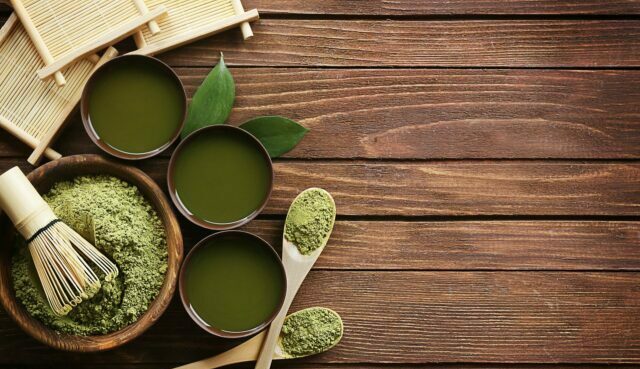
![_
말차푸딩 n 밀차팥롤케이크(w 교토말차라떼)
.
_[ 롱베케이션 ]
일본 국민가수 스마프 멤버이자 탑 배우 기무라 타쿠야의 드라마, 내가 초등때 나온 작품이지만 일본에 관심있는 분들이라면 이름만 들어도 고개 끄덕이지않을까 싶다.
.
동명의 이름을 가진 연남동 일본식 카페 ‘롱베케이션’
이 연결고리로 내부에 롱베케이션 포스터가 붙어있었는데 주인장님이 팬이신가 싶다.
.
세련되고 차분한 일본스러운 공간으로 간단한 일본식 디저트를 만날 수 있는 곳으로 다소 시끌벅적한 메인 연남동 골목에서 잠시나마 휴식을 취하기 좋은 곳.
이날 목표였던 말차한상까지 완벽하게 성공!
.
_‘말차 푸딩’💚🍮
.
3단 말차층을 보이는 푸딩은 말차러버로썬 보기만해도 설레이네.
탱클 크리미한 말차푸딩은 우유맛이 지배적이다 색이 진해지는 윗부분은 말차의 맛이 싹 느껴지고 뿌려진 말차소스를 함께하는 순간 쌉싸름한 말차맛이 짙게 퍼지면서 비로소 말차맛의 화룡정점을 찍어준다.
_‘말차 팥 롤 케이크’💚🤎
.
한정수량.
퐁신 촉촉한 말차 롤 시트에 말차크림이 은은한듯 쌉싸름한 말차맛 솔솔.
녹진한 팥이 달콤함으로 묵직하게 전해진다.
과한 말차맛이 아니여서 말차초심자들도 호불없이 즐길 수 있겠다.
_‘교토 말차 라떼‘🌿
.
교토산 말차를 사용한 말차 라떼.
비주얼로만 그럴싸한게 아니다.
말차맛 진하게 전해준다!
_롱베케이션](https://spicesforfoods.com/wp-content/plugins/instagram-feed-pro/img/placeholder.png)
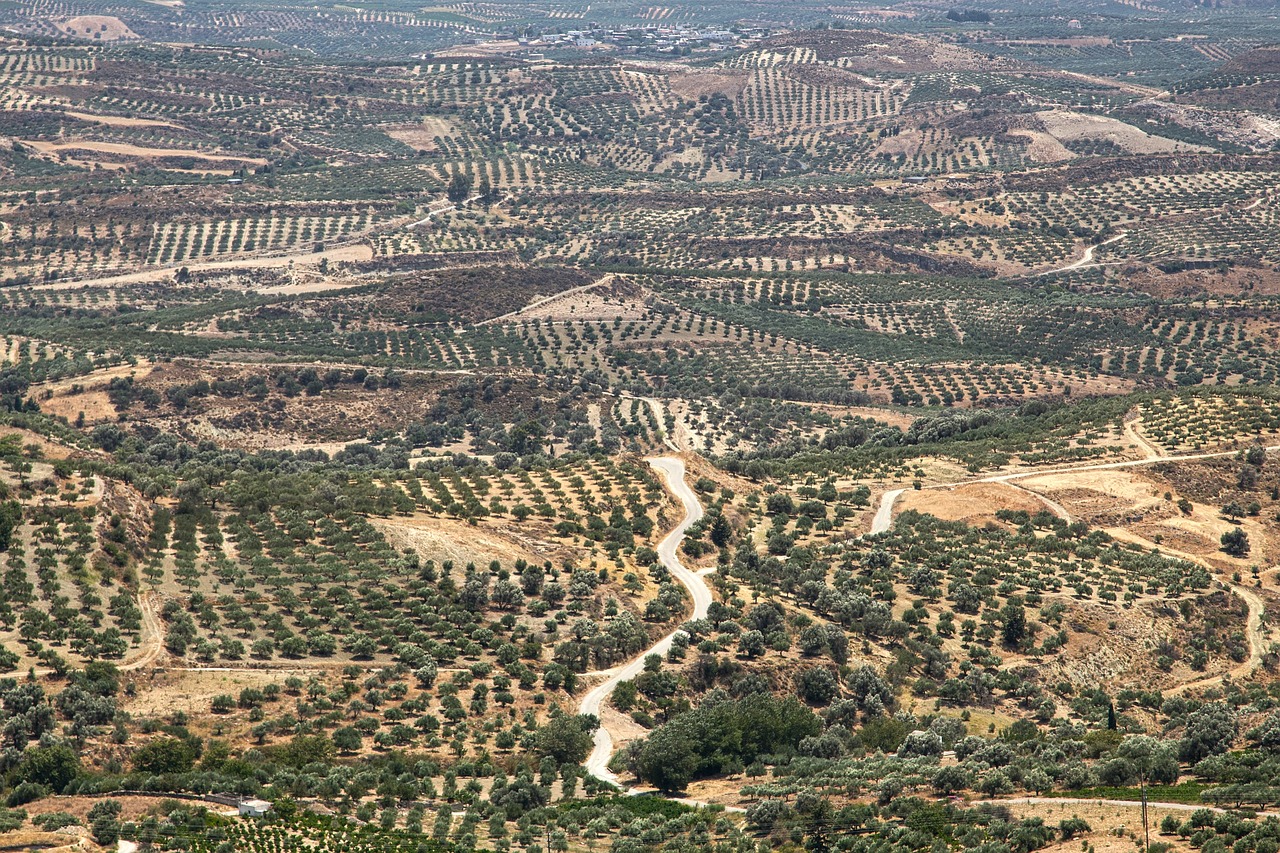
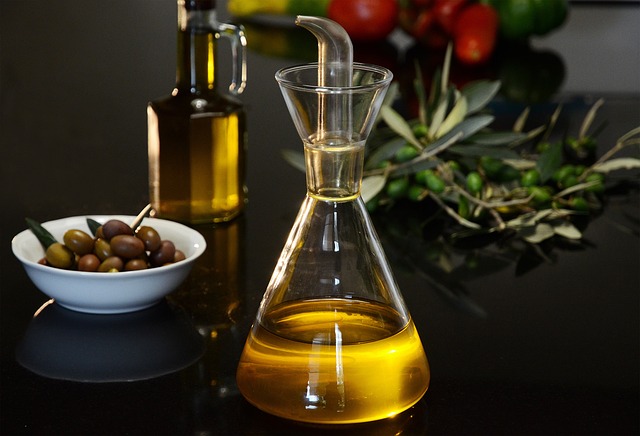
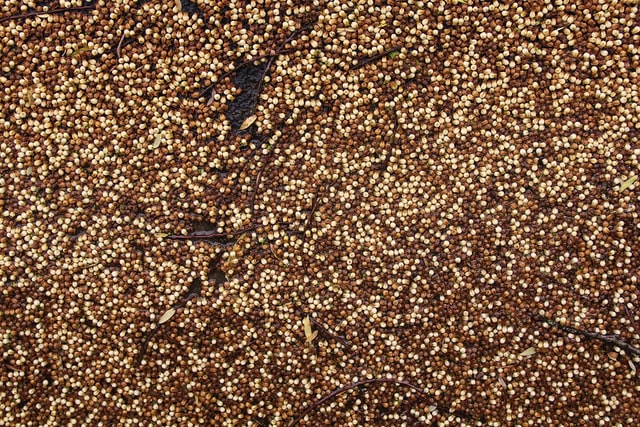
Amazing review of Matcha Powder! Good to know it’s comparable to the green tea and I hope I can use this Japanese powder in replacement of the green tea. Unfortunately, I don’t think the Matcha powder can be accessed in my own part of the world.
Thanks to the internet, I can order from online stores that deliver both physical and digital products concurrently. Glad you explained that the Matcha Powder should be added to the recipes and mixed properly with the baking mixtures! Learned a lot from this post!
Thank you much
I had never heard of matcha before, but this a fascinating post about all the healthy benefits of using matcha powder. It’s helpful to know how matcha is made and all of its healthy properties. I love the different ways to use matcha in baking and other recipes. Because it is bitter, I can see the need to use some sweetener like stevia in the recipes.
I prefer not to take stimulants, I just don’t like the way they make me feel. Do you have another healthy option for someone like me?
Thank you much, Garin. Please be sure to checkout our other posts. We are working on a few other articles realted to health so stay tuned.
The green macha has a very long history that dates back to the 8th century. Wow, that’s quite surprising and adding to the fact that the Buddhist monks are the ones who found it out just makes me feel like the green macha is a product that is worthy or being tried and it also has so many health benefits. I’m definitely going for it.
Thanks Suz
the first time I heard about Green Match is now and from the picture I first thought it might be some kind of clay. I didn’t know it was a type of tea and it very fascinating to me. I love things that taste a little sour and bitter and I would sincerely like to have the opportunity to try it because my husband and I are vegans and we try to eat healthy and lead a active life.
Great to hear, we were able to help.